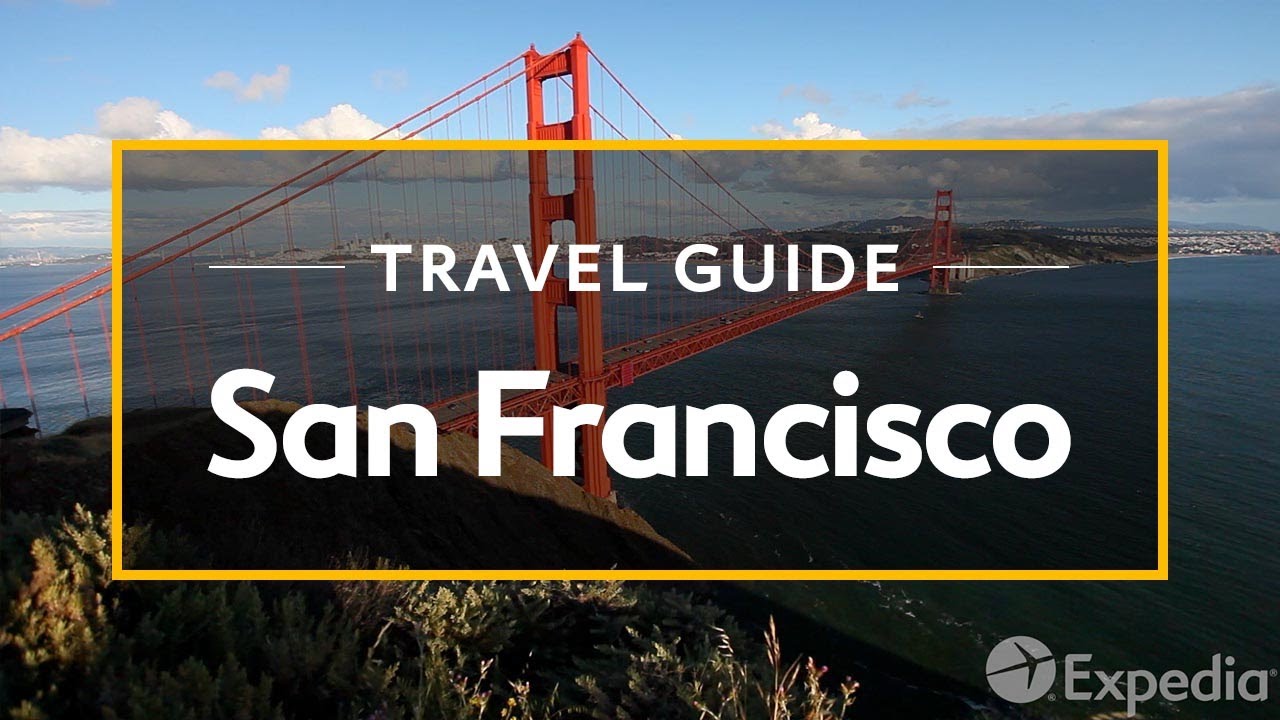
San Francisco

Book Your Travel to San Francisco
Welcome to your Travel Console
Push a Button below to Start.
Want to Learn More about San Francisco?
The history of San Francisco is a captivating narrative that spans centuries, shaped by diverse cultures, gold rushes, earthquakes, and social revolutions. The region’s indigenous people, the Ohlone, inhabited the area for thousands of years before the arrival of European explorers. In 1776, Spanish colonizers, led by Juan Bautista de Anza, established the Presidio of San Francisco and the Mission San Francisco de Asís, commonly known as Mission Dolores, as part of their efforts to expand their influence in Alta California.
For several decades, the area remained a relatively small settlement. However, everything changed in 1846 when the United States claimed California from Mexico during the Mexican-American War. The following year, gold was discovered at Sutter’s Mill, east of San Francisco, triggering the California Gold Rush of 1849. Tens of thousands of fortune-seekers, known as the “forty-niners,” flocked to the region in hopes of striking it rich. San Francisco transformed almost overnight from a small village into a bustling, chaotic city with a booming economy.
The Gold Rush had a lasting impact on the city’s growth and culture. San Francisco became a major port and a hub for transportation to the goldfields. The influx of people from around the world resulted in a diverse population, and the city’s cosmopolitan character was born. The Barbary Coast, notorious for its saloons, brothels, and gambling dens, emerged as a vibrant and sometimes lawless district during this era.
In the late 19th century, San Francisco faced a series of challenges, including the devastating 1906 earthquake and subsequent fire that destroyed much of the city. The disaster, however, provided an opportunity for reconstruction and urban planning. The city rapidly recovered, and by the 1915 Panama-Pacific International Exposition, it showcased a revitalized and modernized infrastructure.
The mid-20th century brought further transformations. During World War II, San Francisco served as a major embarkation point for soldiers heading to the Pacific. After the war, the city played a central role in the counterculture movement of the 1960s, particularly in the Haight-Ashbury district, attracting artists, musicians, and activists. The Summer of Love in 1967 marked a pinnacle of this era, emphasizing peace, love, and anti-establishment sentiments.
Throughout the latter half of the 20th century, San Francisco continued to be at the forefront of social and cultural movements. The city played a pivotal role in the LGBTQ+ rights movement, notably with the 1966 Compton’s Cafeteria Riot and the 1969 Stonewall riots in New York City. San Francisco hosted the first openly gay elected official, Harvey Milk, in the late 1970s, although his tenure tragically ended with his assassination in 1978.
In recent decades, San Francisco has grappled with issues such as skyrocketing housing costs, homelessness, and the impact of the technology boom driven by Silicon Valley. The city’s skyline has evolved with the addition of iconic structures like the Transamerica Pyramid and the Salesforce Tower.
San Francisco’s history is a tapestry of resilience, diversity, and innovation. From its early days as a Spanish outpost to its role in the Gold Rush and its contributions to social movements, the city by the bay has continually adapted and reinvented itself, remaining a beacon of creativity and progress on the West Coast.
Our informative blog posts about San Francisco can help you plan a trip.



Unforgettable USA Tours: 10 Must-See Destinations for Your Next Adventure





